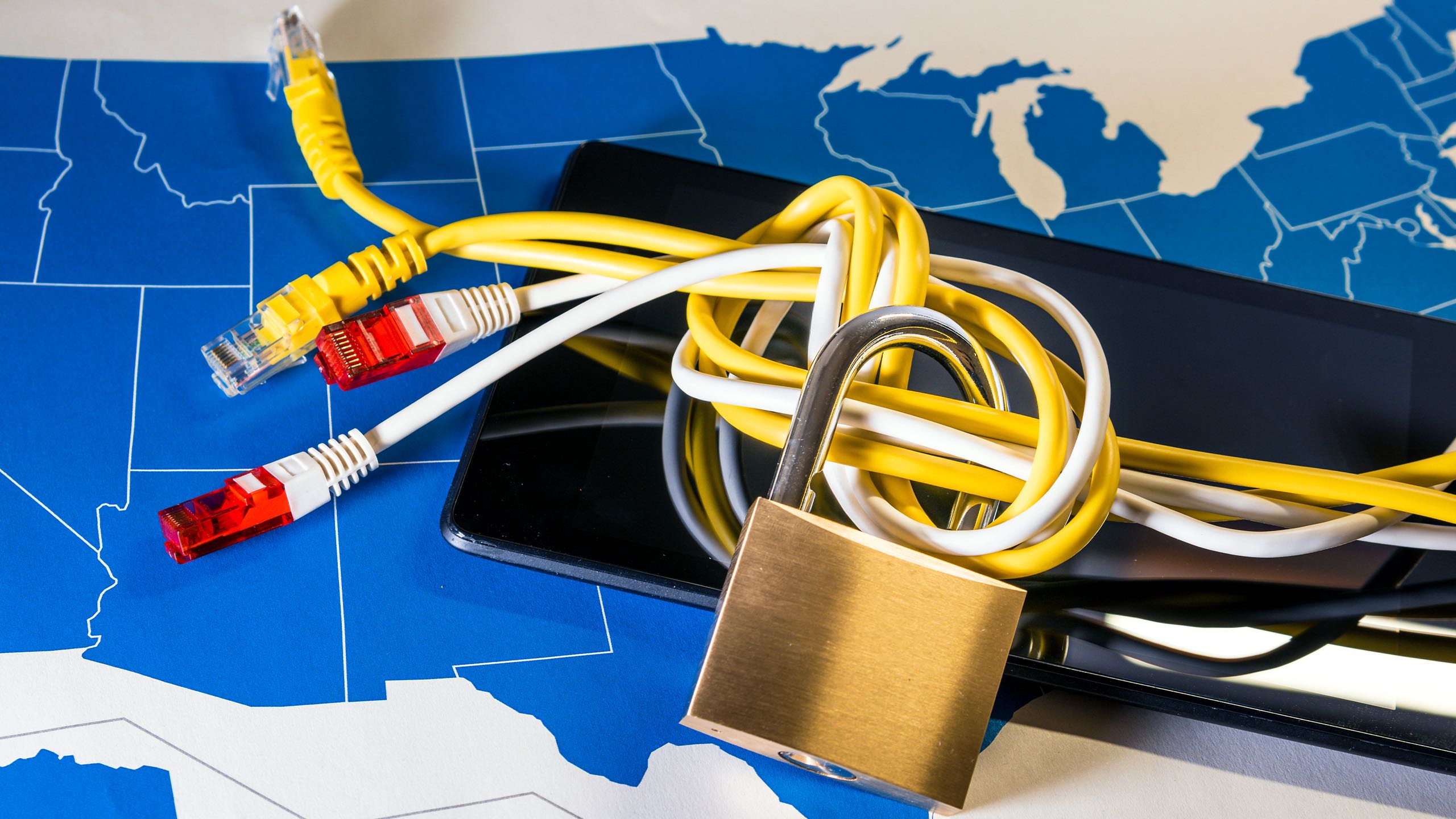
Why U.S. Broadband is So Slow
Written by Dane Jasper
March 5, 2011 | 4 min read
Today The New York Times wrote about Gigabit fiber broadband in Hong Kong, which is available there for only $26 per month. The article includes mention of Sonic, and the Google Fiber project.
In the article, author Randall Stross wrote,
“In the United States, we don’t have anything close to that. But we could. And we should.”
Here is why we don’t:
In 1996, the US Congress kicked off the broadband revolution when it passed the Telecom Act. The 1996 Act created a level playing field for competitive carriers, and brought about widespread deployment of DSL and other broadband technologies.
Then in 2003 and 2004, the then Republican led FCC reversed course, removing shared access to essential fiber infrastructure for competitive carriers and codifying instead a policy of exclusive use and “multi-modal competition”.
This concreted our unique US duopoly: cable versus telco, the two broadband choices that most Americans have today.
In exchange for a truly competitive market, the US received promises of widespread deployment. And, to some degree this has worked. Unfettered by significant competition or price pressure, broadband in at least in its most basic form can now be delivered to most homes in America, albeit at a comparatively high cost to the consumer.
What was given up in exchange for this far-reaching but mediocre pablum was true competition and innovation.
Elsewhere in the world, regulatory bodies followed the lead of the US Congress and separated essential copper and fiber infrastructure from the services and providers who used them, and the result has been amazing. In Asia and Europe, Gigabit services are becoming common, and the price paid by consumers per megabit is a tiny fraction of what we pay here at home.
I won’t deny the innovation that has occurred in the telco/cable duopoly. They’ve got TV, Internet and telephone bundles designed to serve up prime time network shows in over-saturated HD glory, with comparatively middling Internet speeds, all offered with teaser rates and terms that would baffle an economics professor. The clear value of the bundle is to baffle, and pity the consumer who wants to shed a component. At least during the intro periods, it’s often cheaper to take the whole package than just a component or two.
For cable companies, the entrenched interest in the television entertainment portion creates a clear conflict: why should they offer an uncapped broadband connection that can deliver enough video entertainment to allow consumers to cut the TV cord? And if you do drop the TV, up goes the price for even this slow and capped Internet connection, so you pay more either way. And now that telcos have gotten into the television business too, their interest in slowing the pace of increasing broadband speed is aligned as well.
This has yielded a competitive truce in America.
In a slow tide, back and forth, cable delivers a slightly better product, then telco slightly better again, all at the highest possible cost. It is iterative, not innovative, and Americans deserve more. After all, we invented the Internet, right?
Sonic can reach nearly half of the homes and businesses in the Bay Area today with our Fusion Broadband + Phone service. Fusion offers the latest ADSL2+ broadband, with speeds of up to 20Mbps per line (with two line bonding available if you want to double your speed!), plus home land line voice with unlimited calling, all for $39.95/mo. for one line, or $69.95 for two.
Fusion is innovative technology and innovative pricing.
This is possible because the skeleton of the 1996 Act, copper lines, are still available as a shared resource for all competitive carriers. But the reach of copper is limited to just a couple miles. (You can see if Fusion reaches your location here.) This limited reach creates islands of competition around the old telephone exchanges.
For the rest of you, a bit over half of the households in the Bay Area who are located too far from the shared telephone offices, I am afraid you are out of luck for now. We must build new fiber all the way to your home, passing by along the way the idle fiber infrastructure that the FCC set aside nearly a decade ago.

